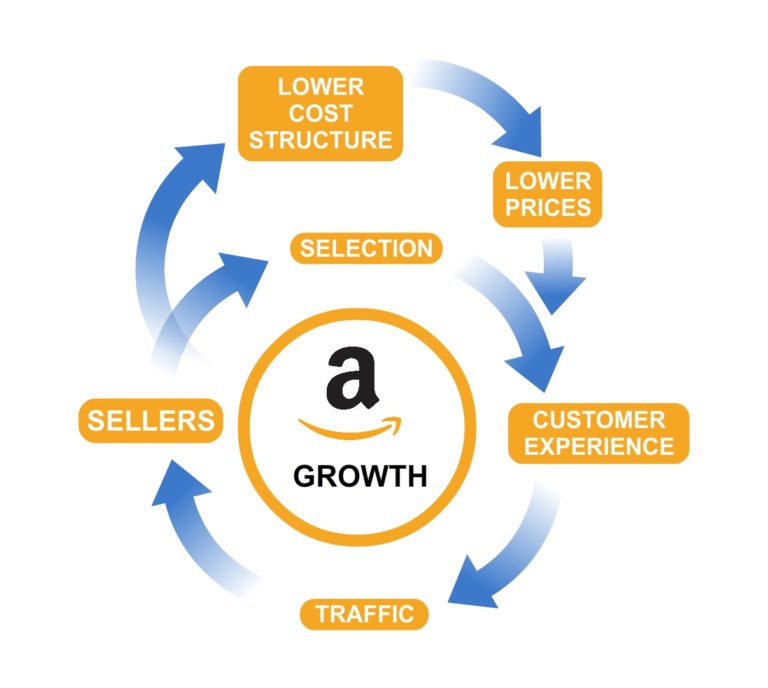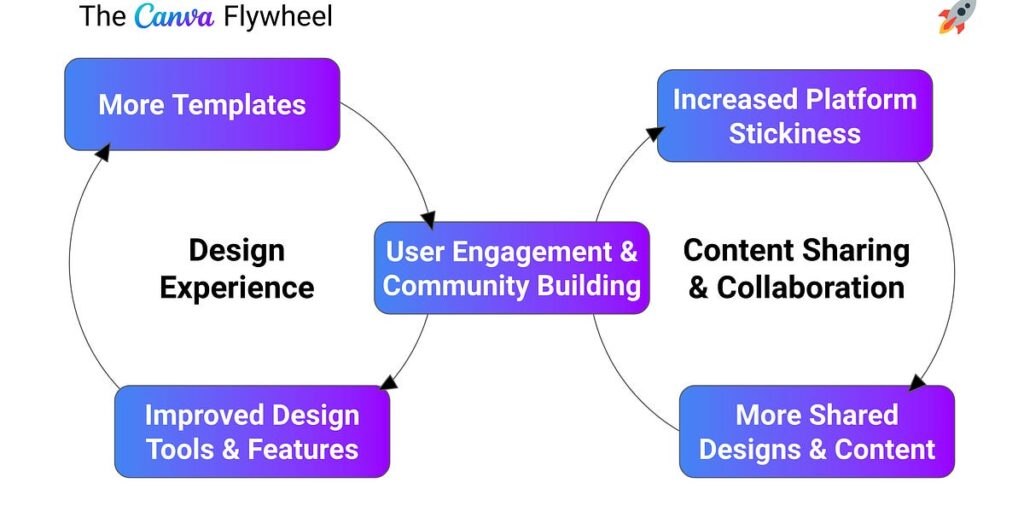The Flywheel Effect: Self Propelling

Smart businesses specifically design flywheels to take advantage of inherent developmental cycles for acceleration.
In corporate strategy, the flywheel effect refers to a series of actions that, once initiated, tend to increase speed and provide an ongoing positive feedback loop. This symbolic flywheel stands for a heavy, spinning disc that takes a lot of energy to start spinning, but once it does, it spins on its own and is more efficient with each revolution.
When done consistently and successfully, some actions may produce a compounding effect that supports growth. Interactions and synergies across several parts of a company’s model often power this positive feedback loop. The flywheel effect is characterised by the following features and components:
Starting Point
To get the flywheel going, you have to put some energy into it in the beginning. During this stage, you may make a product, set up a network, or cultivate a clientele.
Positive Feedback Loop
When the company model’s many parts work together positively, the flywheel gains speed and efficiency. The flywheel creates a self-sustaining loop with each spin, reinforcing the next.
Acceleration and Progress
The company expands as the flywheel gets faster. Increases in market share, client base, revenue, or any number of other KPIs can be indicative of such progress.
Benefits that Work Together
Interdepartmental synergy is a common cause of the flywheel effect. An increase in consumers may, for instance, entice new vendors, which might expand product offerings and, in turn, bring in even more shoppers.
Ongoing Development
To put the flywheel principle into action, one must optimise and enhance the processes that power the positive feedback loop. This can include extending the product or service offering, improving procedures, or both.
The idea stresses the significance of finding and using strategic activities that may provide continuous and increasing advantages to a company.
Examples
- Amazon
Customer-Centric Approach
The foundation of Amazon’s flywheel is a focus on the consumer. The first step in the cycle is having a wide variety of items, which brings in more buyers. The growth of the marketplace allows Amazon to negotiate better deals with suppliers, and an increase in seller activity is a direct result of more consumers. Because of this, they can cut costs for consumers, which starts the cycle all over again.
Prime
Because it promotes consumer loyalty, Amazon Prime is an essential cog in the flywheel. Among the many perks enjoyed by Prime members are expedited delivery, exclusive offers, and access to original content. This devotion strengthens the flywheel since it causes users to spend more money on the site.

- Uber
Effects on Networks
Network effects propel Uber’s flywheel. The service’s reliability and convenience for customers are enhanced as more drivers sign up, which in turn attracts more riders. The platform becomes more appealing to drivers when there are more passengers, since drivers have more opportunities to earn money. This constructive feedback loop sustains the platform’s development.
Incentives
To maintain user engagement, Uber offers a variety of incentive programmes to both drivers and customers. A healthy and dynamic environment may be maintained in this way.

- Canva
Easy to Use
The foundation of Canva’s flywheel is its intuitive layout. More people join the community since the platform is easy to use. More and more designers add templates and content to the platform as the user base expands, making it better and drawing in even more users.
Tools for Collaboration
Canva promotes teamwork by enabling several people to edit designs in real time. This collaborative feature further improves users’ value propositions and fuels the flywheel.

- Airbnb
Two-Sided Marketplace
The hub of Airbnb’s business model is its marketplace, which serves both hosts and guests. Guests have more options on the site as the number of hosts who list their houses grows. More hosts joined the platform as a result of the increased demand for various and distinctive lodgings.
Feedback and Reliability
Hosts and guests may trust each other more thanks to Airbnb’s review system. A flywheel is formed when more users are attracted to a platform by positive evaluations, and as trust is built, more individuals are encouraged to market their properties or book lodgings.

Conclusion
One effective tool for accelerating development is the flywheel. Smart businesses specifically design flywheels to take advantage of inherent developmental cycles. Connecting users, assets, or processes that boost each other’s performance results in a vicious loop with enormous advantages. taking advantage of self-reinforcing cycles of improvement to propel expansion and gain an edge in their fields.
The future of your company’s success depends on your ability to think creatively and build your own replicable, long-term strategies.


